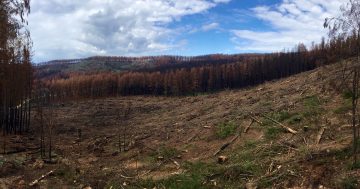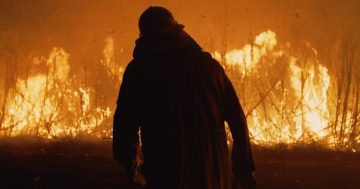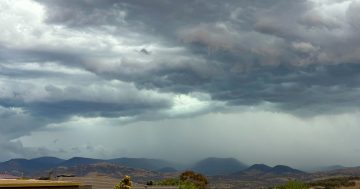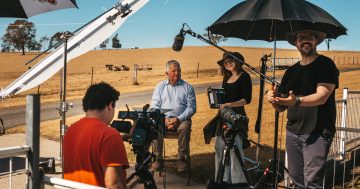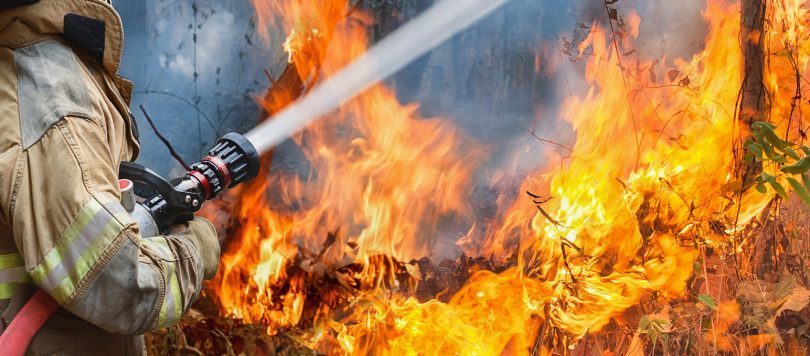
With wild weather predicted this summer, the pressure is on NSW Rural Fire Service firefighters, but their job should be made easier thanks to the joint Vesta Mark 2 project with CSIRO. Photo: Warwick Costin.
Two agencies best equipped to tackle bushfires, the CSIRO and NSW Rural Fire Service (RFS), have joined forces to create what is being described as a potential lifesaver.
Australia’s national science agency and the RFS have developed the nation’s most advanced model to date for predicting the speed and behaviour of eucalypt forest fires, designed to help save life and property.
The model is based on eucalypts because they comprise 70 per cent of Australia’s forests. Some of the nation’s most extreme events – such as the 2009 Black Saturday and the 2019-2020 Black Summer bushfires – occurred in this type of vegetation.
Known as the Vesta Mark 2, the mathematical model shows how a fire responds to environmental conditions. It will be rolled out in fire emergency control rooms around Australia this summer to predict and suppress bushfires as they spread, and to warn the public of imminent danger.
CSIRO bushfire behaviour researcher Dr Andrew Sullivan said although much of Australia is expecting a wetter than normal summer, bushfires are an ever-present danger that are increasing in severity and frequency.
“Forests have critical ecological and socioeconomic roles, and often connect to areas where large numbers of Australians live,” he said.
“Forest fires are complex and difficult to control and extinguish, and firefighters often have to battle steep terrain and challenging conditions just to reach the fire.
“Critically, this model can accurately predict the speed a firefront will advance across a landscape, which is essential to enable authorities to officially identify threats, issue bushfire warning messages, signal evacuations and plan fire suppression actions.”
Data inputs such as weather forecasts and wind information for the Vesta Mark 2 come from the Bureau of Meteorology, while information on the state of fuels in the forest and existing behaviour of a fire can come from vegetation databases and fireground reports.
Fire behaviour analysts in an incident management team, often stationed at an operations centre near the fire, collate this information and then run the model to predict the likely progression of the fire across the landscape.
CSIRO project leader Dr Miguel Cruz said the model used the latest available science on bushfire behaviour.
“This model was built using analysis of the most extensive set of data gathered from observations of large high-intensity experimental fires and wildfires collated from around the country during the past 40 years,” he said.
NSW RFS Deputy Commissioner Kyle Stewart said the new model will provide essential information about likely bushfire behaviour to support decision making during outbreaks this summer.
“Knowing with confidence where a bushfire will be ahead of time is critical to the safe and effective deployment of our fire crews and the safety of our communities,” he said.
“This is an excellent example of science agencies and the RFS working together to improve bushfire management in Australia.”
The original project Vesta in the 1990s was the largest experimental program studying the nation’s forest fire behaviour.
More information about Vesta Mark 2 is available here.
Original Article published by Sally Hopman on Riotact.








